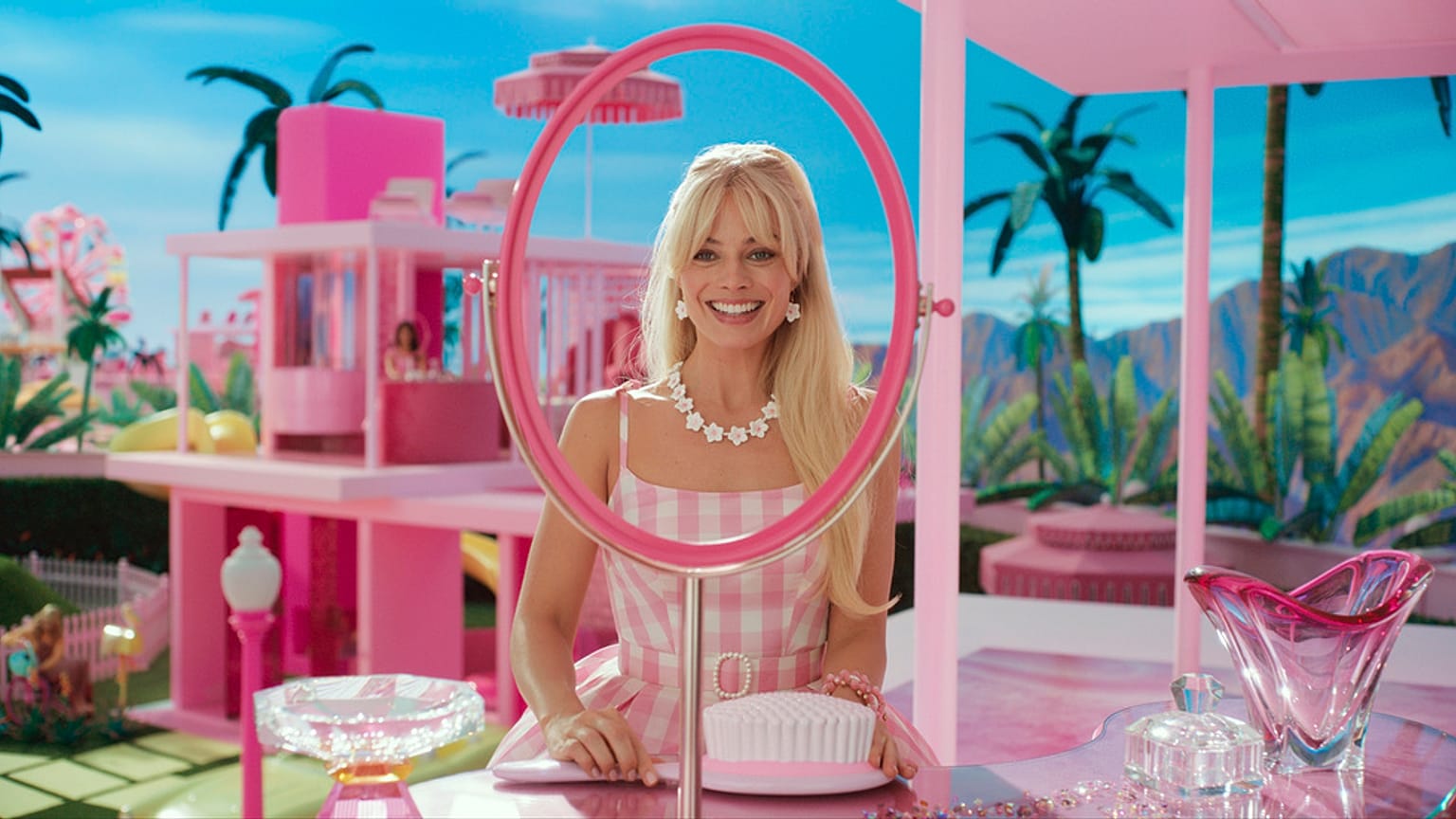Just 32 per cent of speaking characters in the top 100 movies at the box office in 2023 were women or girls, according to the University of Southern California's Annenberg Inclusion Initiative annual report.
Cinema in 2023 seemed like a winning year for women with Barbie smashing box office records. It was the highest-grossing film of the year, the biggest debut ever for a film directed by a woman (Greta Gerwig) and garnered a total of $1.45 billion (€1.33 billion) worldwide.
In recent years the movie industry has also gone through the streaming revolution, the pandemic and labour strikes.
But after countless upheavals in Hollywood, you're still more than twice as likely to see male-speaking characters in theatrical releases than you are female ones.
Just 32 per cent of speaking characters in the top 100 movies at the box office in 2023 were women or girls, according to the University of Southern California's Annenberg Inclusion Initiative annual report released earlier this week.
That's very nearly the same percentage as when Stacy L. Smith first began the study in 2007. Then, it was 30 per cent of speaking characters.
2023 was not the ‘Year of the Woman’
The gender imbalance was pronounced in many findings of the report, which examined a total of 75,328 speaking roles. Just 30 per cent of leading roles in the top films were women or girls, a huge decrease of 14 per cent from 2022 and roughly the same figure as in 2010.
Only 11 per cent of films were gender balanced, with girls or women in 45-54.9 per cent of speaking roles.
"No matter how you examine the data, 2023 was not the 'Year of the Woman.' We continue to report the same trends for girls and women on screen, year in and year out," Smith said in a statement.
"It is clear that there is either a dismissal of women as an audience for more than one or two films per year, a refusal to find ways to create meaningful change, or both. If the industry wants to survive its current moment, it must examine its failure to employ half the population on screen," added Smith.
The findings behind the camera were also disappointing. In 2023, 12 per cent of directors were women, only marginally higher than the 9 per cent in 2022 although a big increase from 2007’s 3 per cent.
Between 2007 and 2023, a total of 98 women have helmed films compared to 878 men.
Last year, just 12.1 per cent of the directors of the 100 highest-grossing movies were women while 87.9 per cent were men.
As for racial inclusion, 21.6 per cent of directors were from underrepresented racial and ethnic groups, while 78.4 per cent were white.
It was a similar story for screenwriters. Of 2023’s top-grossing films, 84.8 per cent of writers were men compared to 15.2 per cent of women - only a minor improvement on 2007’s 11.2 per cent.
Hollywood is ‘not progressive at all’
Barbie may have been the No. 1 film at the box office last year, but, as has historically been the case, a few prominent releases don't by themselves move the needle against persistent trends.
The USC study doesn't analyse what Hollywood makes, just what's most widely watched in theatres. That leaves out a wide swath of movies produced for streaming, as well as most independent releases.
But in capturing the majority of popular films in theatres, the Annenberg Inclusion Initiative tracks how much the industry's vows of inclusivity actually line up with what's on movie screens.
In an election year where much of Hollywood will be backing Vice President Kamala Harris to become the first female American president, researchers concluded that "progressive Hollywood" is "actually not progressive at all."
Report shows gains for underrepresented racial and ethnic groups
The stubborn lack of progress for female characters in film is only more striking when compared to some of the gains made by underrepresented racial and ethnic groups.
While major inequalities remain there too, some findings show considerable change.
In 2023, 44 per cent of speaking characters came from underrepresented groups, roughly matching or even slightly exceeding the racial makeup of the US population (41 per cent).
The percentage of white characters decreased to 56 per cent in 2023, down from 62 per cent the year prior. In 2007, 78 per cent of all characters were white.
Among protagonists, underrepresented racial and ethnic groups made up 37 per cent of main characters, an increase of 6 per cent from 2022 and more than ever before. In 2007, that figure was 13 per cent.
Last year's main characters were 12.6 per cent Black, 5.2 per cent Hispanic or Latino characters and 18.4 per cent Asian.
None of the 100 top movies featured casts that matched US demographics for Hispanics/Latinos, who account for 19.1 per cent of the population - and even more of ticket buyers.
Many other groups were closer to invisible in 2023's top box-office films. There were just five movies out of the 100 with an LGBTQ+ lead or co-lead.
Just 2.2 per cent of the films included a speaking character with a disability. And only four speaking characters were nonbinary.



















